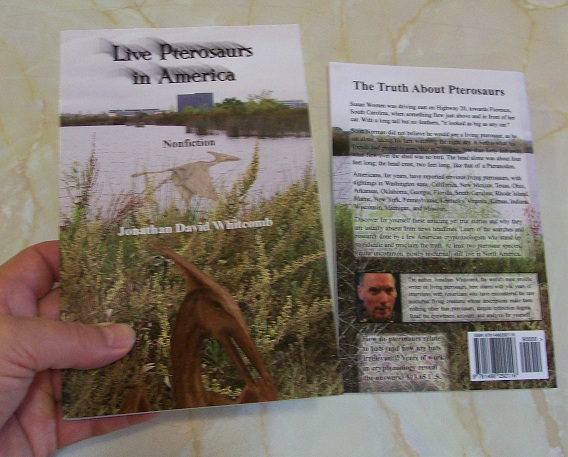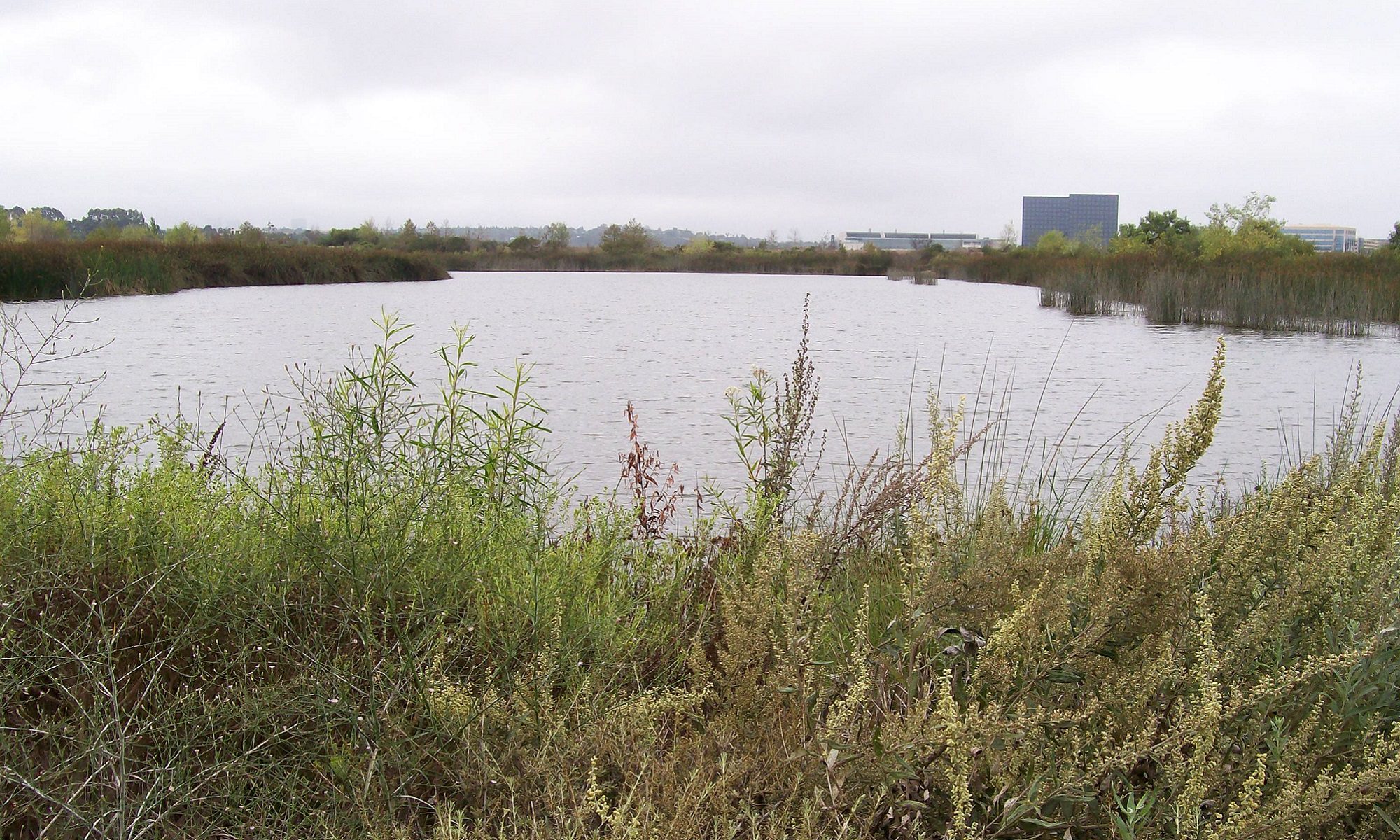The following was sent to me by a blog reader who suggests a possibility for attracting a nocturnal bioluminescent pterosaur:
“Has anyone tried the obvious strategy of luring a pterosaur with a glowing decoy? If there are still living pterosaurs, they would be quite rare, and anxious to find a mate (assuming they use their glow like fireflies do.)” [From Joe]
Well, Joe, I believe that some persons have unintentionally done just that, through simply driving a car at night. I have never encountered a nocturnal pterosaur myself (not yet), but I have encountered eyewitnesses who have been surprised and even terrorized, at night, by a glowing pterosaur who appeared to enjoy car chasing.
One case involved a young man who was traumatized by an apparent glowing pterosaur that chased his car for some distance at night. The young man later went through many sessions with a psychologist. How tragic if that psychologist assumed that there was no such flying creature!
Driving While Under the Influence of a Pterosaur
. . . Americans (at least a few Americans) observed Drive Safely Work Week . . . I doubt we will ever have Drive Safely While Witnessing a Live Pterodactyl Week. But in the United States, driving may be the most common activity when someone sees an apparent living pterosaur . . . Within a period of about three years, I received reports of at least ten sightings involving driving, in seven states . . .
American Ghost Lights (bioluminescent pterosaurs)
My associates and I have a unique perspective, having studied the ropen light of Papua New Guinea. We know, from many eyewitness testimonies, that those nocturnal lights correlate with sightings of glowing flying creatures described like giant Rhamphorhynchoid pterosaurs.

From the Acknowledgements page of the third edition of Live Pterosaurs in America:
Ignoring previous ridicule from those who would not listen, Hodgkinson told us of his experience, helping prepare the way for many expeditions in the southwest Pacific. Alongside countless other American veterans of World War II, who risked their lives to preserve our freedom, he faced the threat of death in a faraway land. But his bravery in reporting a giant living “pterodactyl” gave us another freedom, even the freedom to believe in a life thought to have been long extinct—featherless flying creatures unlike any bat, some of them gigantic, both faraway and here in America: live pterosaurs.


